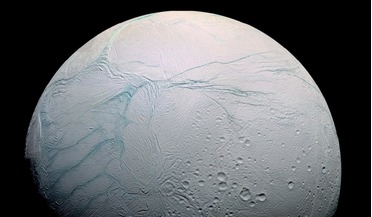 October 2018
Looking for life on Enceladus with IceMole
October 2018
Looking for life on Enceladus with IceMole
... source is converted to thermal energy in the melting heads on the probe, but to melt through the thick ice of Enceladus with the ‘glacial’ velocity of 1 m/hour, an estimated 5 kW must be produced by the power source on-board the lander. As the...
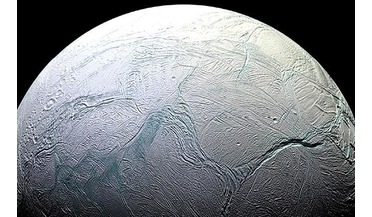 26 March 2021
Enceladus could have ocean currents like those on Earth, new study says
26 March 2021
Enceladus could have ocean currents like those on Earth, new study says
...releases the salts, making the surrounding water heavier, causing it to sink. The opposite happens in regions of melt. If Enceladus had churning oceans akin to those on Earth, a pole-to-equator circulation would influence the distribution of heat and...
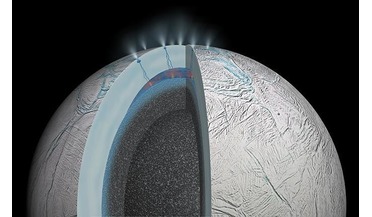 07 July 2021
Methane detected on Enceladus could be a sign of life, study shows
07 July 2021
Methane detected on Enceladus could be a sign of life, study shows
... to how probable we believe different hypotheses are to begin with," he said. "For example, if we deem the probability of life in Enceladus to be extremely low, then such alternative abiotic mechanisms become much more likely, even if they are very...
 07 July 2017
Unexpected large methanol find near Enceladus
07 July 2017
Unexpected large methanol find near Enceladus
... to fill the gap before missions such as JUICE get underway. “This finding shows that detections of molecules at Enceladus are possible using ground-based facilities. However, to understand the complex chemistry in these subsurface oceans, we will...
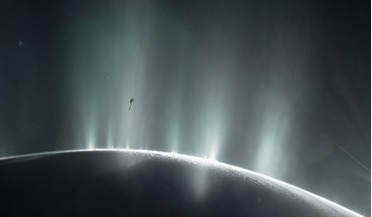 14 April 2017
Cassini finds evidence for hydrothermal vent activity on Enceladus
14 April 2017
Cassini finds evidence for hydrothermal vent activity on Enceladus
...new finding is therefore an independent line of evidence supporting the theory of hydrothermal activity taking place in the ocean of Enceladus. This graphic illustrates how Cassini scientists think water interacts with rock at the bottom of the ocean...
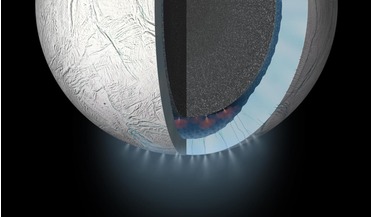 24 January 2020
New study suggests Enceladus' oceans more habitable than previously thought
24 January 2020
New study suggests Enceladus' oceans more habitable than previously thought
...1980s. Scientists had long suspected that the ocean below Enceladus's icy exterior could harbour the ingredients for life, but... say that chemical reactions with iron deep in Enceladus’ core is creating molecular hydrogen (H2). Then hydrothermal...